Cover Letter Mastery
In the competitive landscape of job applications, a well-crafted cover letter is your first impression. It’s an opportunity to showcase your personality, passion, and suitability for the role beyond the confines of your resume. Mastering the art of cover letter writing can significantly increase your chances of landing an interview and ultimately, your dream job. This guide delves into the essential components of an effective cover letter, providing actionable strategies to help you stand out from the crowd and capture the attention of potential employers.
Understanding the Purpose of a Cover Letter
A cover letter serves as a bridge between your resume and the hiring manager, providing context and personality to your qualifications. It’s your chance to tell a story and explain why you’re the perfect fit for the specific position and the company. This is where you can elaborate on your key skills, experiences, and achievements, demonstrating how they align with the job requirements and company values. A compelling cover letter is not just a formality, but a strategic tool to set you apart from other candidates.
Why a Cover Letter Matters

In today’s job market, many hiring managers view a cover letter as mandatory. It shows your genuine interest and provides insight into your writing and communication abilities. A well-written cover letter demonstrates your research about the company and the role, indicating your proactive approach. It’s also an opportunity to address any gaps in your resume or explain career transitions. A cover letter can often be the deciding factor in whether your application progresses to the next stage, especially when dealing with a large pool of applicants. It can humanize your application and create a connection.
Key Elements of a Cover Letter
A successful cover letter is structured to be clear, concise, and engaging. It should include specific elements that highlight your qualifications, skills, and interest in the position. Each section should serve a distinct purpose, contributing to the overall narrative of your suitability for the role. A well-organized cover letter not only conveys professionalism but also makes it easy for the hiring manager to grasp your key strengths at a glance, increasing your chances of a positive response.
Contact Information and Salutation
Begin your cover letter with your contact information, including your name, address, phone number, and email address. Then, address the hiring manager or the specific person mentioned in the job description. If a name isn’t available, use a professional salutation like ‘Dear Hiring Manager.’ This initial setup establishes your professionalism and ensures that the recipient knows who you are and how to reach you. Use the appropriate salutation to set a professional tone from the very beginning.
The Introduction Grab Attention
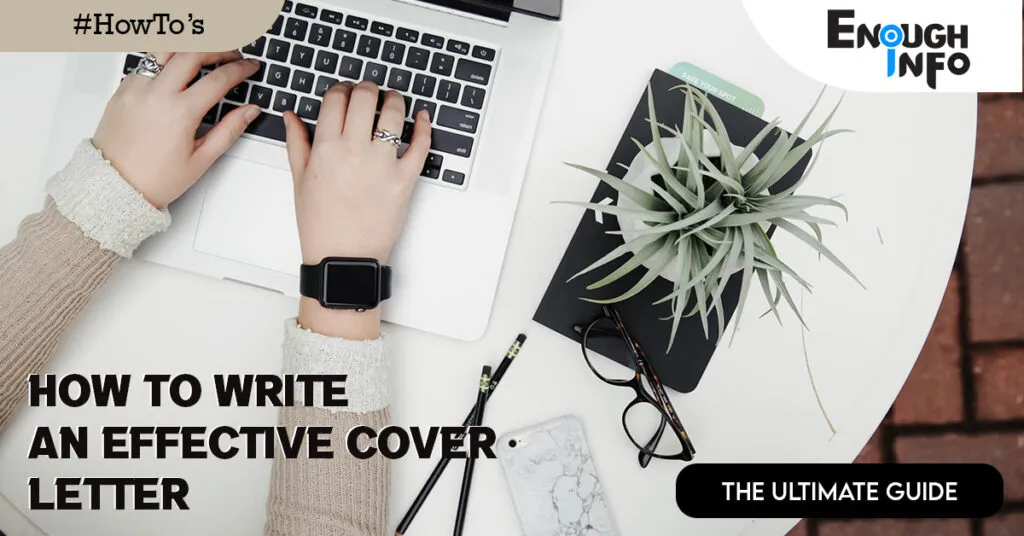
The introduction is your hook. Start with a compelling sentence that captures the reader’s attention and clearly states the position you’re applying for and where you found it. You can briefly mention why you’re excited about the opportunity and what makes you a strong candidate. Keep it concise and impactful, setting a positive tone. For example, ‘I am writing to express my enthusiastic interest in the Marketing Manager position advertised on LinkedIn, and I am eager to bring my five years of experience in digital marketing to your team.’ This will make a positive first impression.
Highlighting Your Skills and Experience
This is the core of your cover letter, where you connect your skills and experience to the job requirements. Mention the skills and experiences listed in the job description. Provide specific examples of how you’ve demonstrated these skills in previous roles. This is your opportunity to showcase your achievements and demonstrate that you’re not just qualified but that you excel in the areas the employer values. It is not sufficient to list skills; providing examples is key.
Matching Skills to Job Requirements
Carefully review the job description and identify the key requirements. Then, use your cover letter to show how your skills and experience align with these needs. Be specific and provide examples, using keywords from the job description. For instance, if the job requires ‘project management,’ describe a project where you successfully managed a team and delivered results on time and within budget. This demonstrates your understanding of the role and your ability to meet its challenges.
Quantifying Achievements
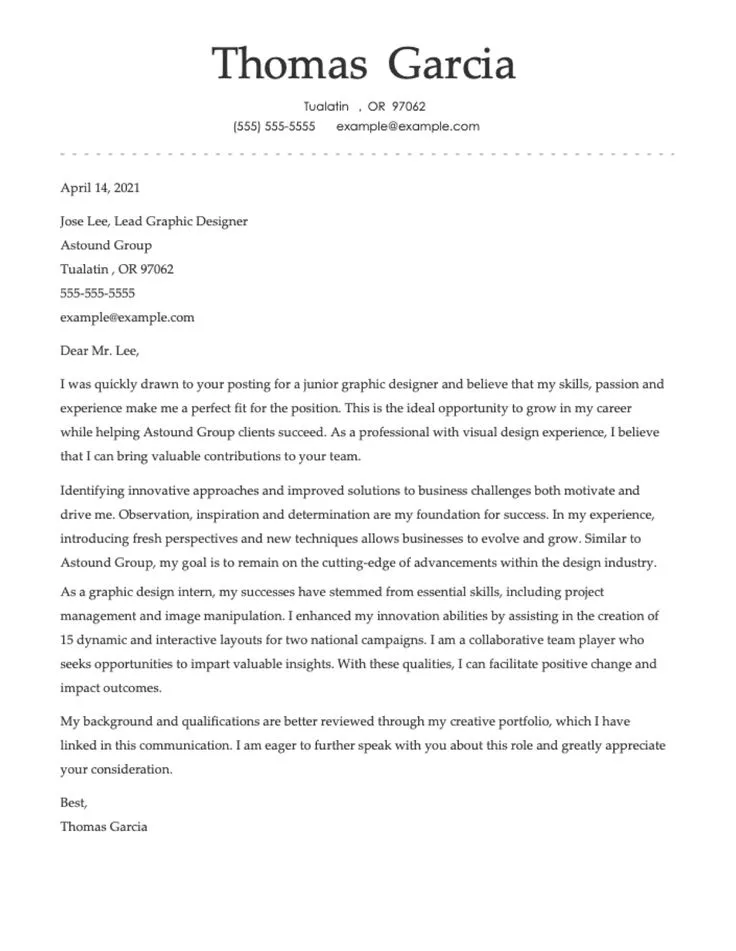
Whenever possible, quantify your achievements. Instead of saying you ‘improved sales,’ state that you ‘increased sales by 15% within one year.’ This provides concrete evidence of your contributions and the value you brought to previous employers. Use numbers, percentages, and specific data to showcase the impact of your work. Quantifying your achievements makes your cover letter more compelling and helps the hiring manager understand the real value you can bring.
Expressing Enthusiasm and Company Knowledge
Demonstrate your enthusiasm for the role and the company. Explain why you’re excited about the opportunity and what attracts you to this specific organization. This is where you show that you’ve done your homework and understand the company’s mission, values, and goals. Your enthusiasm can set you apart from other candidates who may only focus on their skills without showing genuine interest.
Demonstrating Company Research
Research the company to understand its culture, values, and recent achievements. Mention specific projects, initiatives, or aspects of the company that resonate with you. This demonstrates your genuine interest and that you’ve taken the time to learn about the organization. Tailor your cover letter to the specific company, reflecting your understanding of its unique aspects. You can find information on the company’s website, social media, and press releases.
The Call to Action and Closing
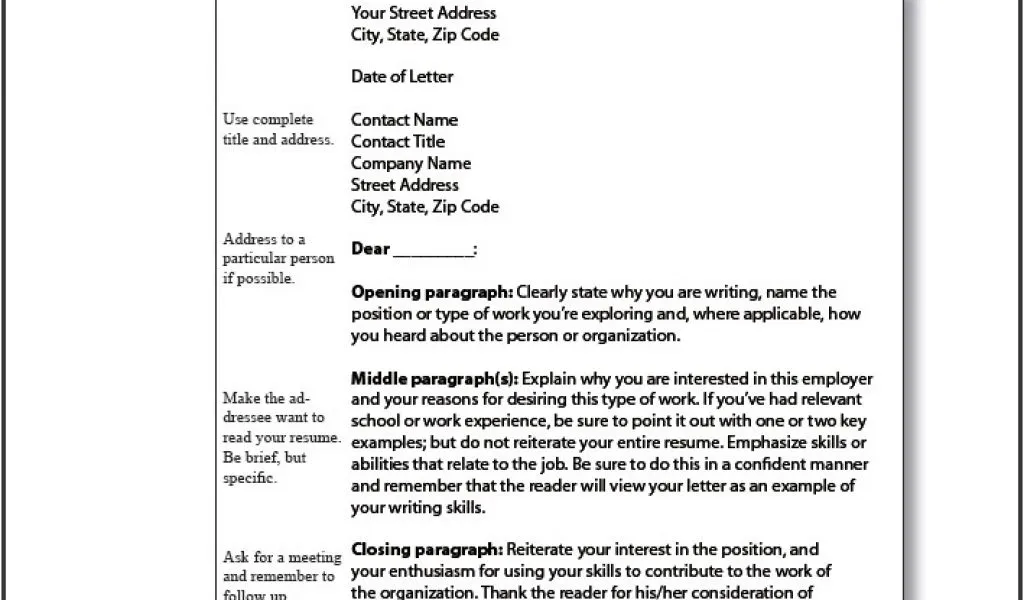
Conclude your cover letter with a clear call to action. Express your interest in an interview and provide your contact information again. Thank the hiring manager for their time and consideration. Use a professional closing, such as ‘Sincerely’ or ‘Best regards,’ followed by your name. This final section should reinforce your enthusiasm and make it easy for the hiring manager to take the next step.
Formatting and Proofreading
The appearance of your cover letter is as important as its content. Formatting and proofreading can significantly affect your chances of making a positive impression. A polished and error-free cover letter demonstrates your attention to detail and professionalism, which is crucial in the hiring process.
Formatting Guidelines
Use a professional font like Times New Roman, Arial, or Calibri, in a readable size (11 or 12 points). Keep the format clean and organized with clear headings, bullet points (if necessary), and sufficient white space. Align your text to the left and avoid centered text. Maintain consistent margins. Ensure that the cover letter is easy to read and visually appealing. Stick to one page. Proper formatting enhances readability.
Proofreading Tips
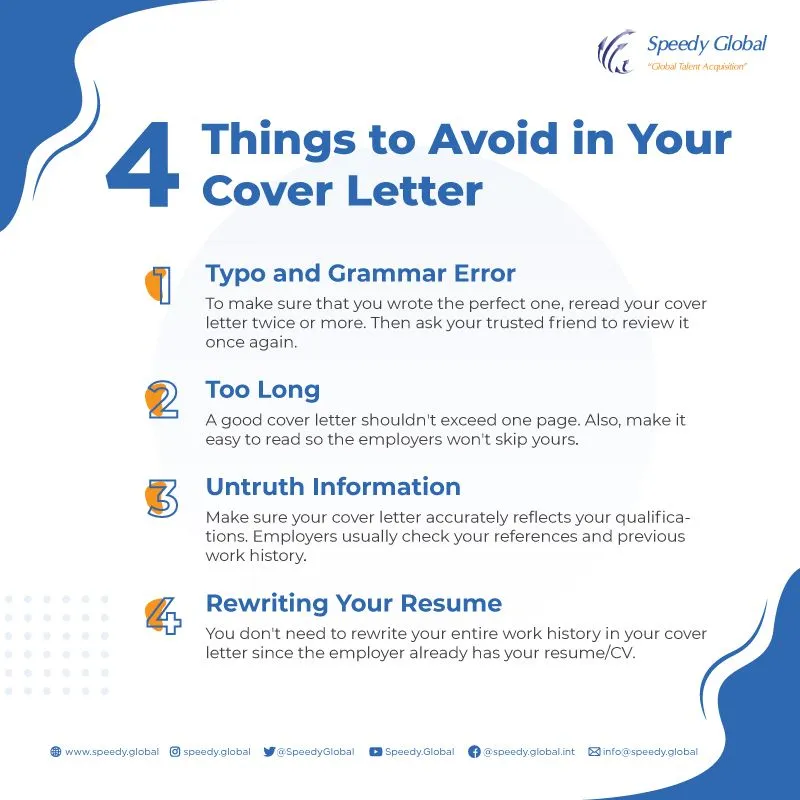
Proofread your cover letter multiple times. Check for grammatical errors, spelling mistakes, and typos. Use a grammar checker tool to help identify mistakes. Read your cover letter out loud to catch any awkward phrasing or sentences that don’t flow smoothly. Ask a friend or family member to review your cover letter for a fresh perspective. Proofreading ensures a polished final product, making a professional impression.
Common Cover Letter Mistakes to Avoid
There are several common mistakes that can significantly undermine the effectiveness of your cover letter. Being aware of and avoiding these pitfalls will help you create a more impactful document and increase your chances of success.
Lengthy Content
Keep your cover letter concise and focused. Hiring managers are busy, so aim to keep your cover letter to one page. Eliminate unnecessary words and phrases. Highlight your most relevant skills and experiences. Brevity demonstrates respect for the reader’s time and ensures that the key information is easily accessible.
Generic Content
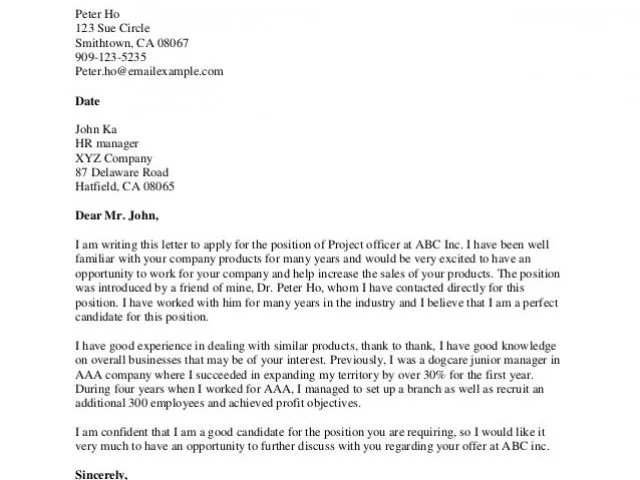
Avoid using a generic cover letter that could be sent to any company or role. Customize your cover letter for each job application, mentioning the specific company and position. Tailor your content to the requirements. This shows that you’ve done your research and have a genuine interest in the opportunity. Generic cover letters make you appear uninterested in the specific role.
Conclusion
Mastering the art of cover letter writing is an essential step in a successful job search. By understanding the purpose of a cover letter, following key elements, and avoiding common mistakes, you can create a compelling document that grabs the attention of hiring managers. Remember to highlight your skills and experience, quantify your achievements, and express your enthusiasm for the role and company. A well-crafted cover letter is a powerful tool in your job search arsenal. Good luck with your applications!
